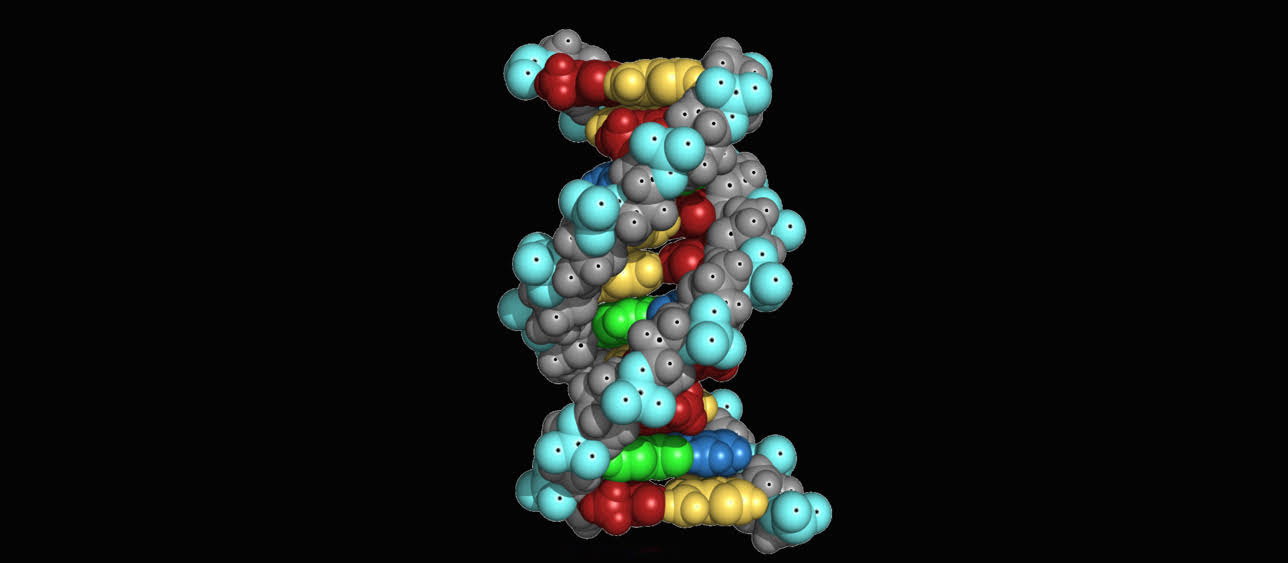
Journalism is different. Law, medicine, architecture... they are all 3,000 years old. They use new technology as tools to help them perform their basic functions. We, on the other hand, are the direct product of each new technology.
Without Gutenberg there is no newspaper. Without Marconi, there is no radio. Without John Logie Baird (with a nod to Scotland), there is no television. We don't create the technology; the technology creates us.
We are now at a birth of an entirely new technology for journalism - like the printing press, like radio, like television. It is the Internet. The Internet is not about a better way to publish newspapers. It is not about a better way to distribute television shows on your mobile. Like the other technologies before it, the Internet mandates an entirely new industry - one that has never existed before.
If we are going to survive; if journalism is going to survive in this new age with this new technology, then we must figure out what new industry this technology is going to give birth to. The best way to do that is listen to the technology. The technology will tell you what to do.
But you must listen with an open mind.
As long as you think that this new technology is simply a way to make a better newspaper, (pay wall or no pay wall), you don't understand what is going to happen. This is as though you were a Monk in the 15th Century looking at the printing press and thinking that yes, this is a way to make cheaper bibles. That was true, but the printing press was so much more. So too the digital/internet revolution.
Every technology carries within it a kind of DNA. The DNA of each techology 'tells' you what it will evolve into - if you can listen to the technology - if you know how to 'read' the DNA.
The steam engine begat the Industrial Revolution. The first steam engine was built to help draw water out of coal mines in England, but the very first time it was fired up, the genome of the Industrial Revolution was unleashed.
The very first time DARPA connected a string of mainframe computers, the genome of the digital revolution in information technology (and what is journalism but the physical manifestation of the information revolution).
It is crazy to look at the powerful tools of iPhones, the web, digital video processing, live streaming and see only a cheaper and easier way to produce conventional television. It is much more. What it is, exactly is what we are going to try and figure out here, by trial and error, until we crack the code.


